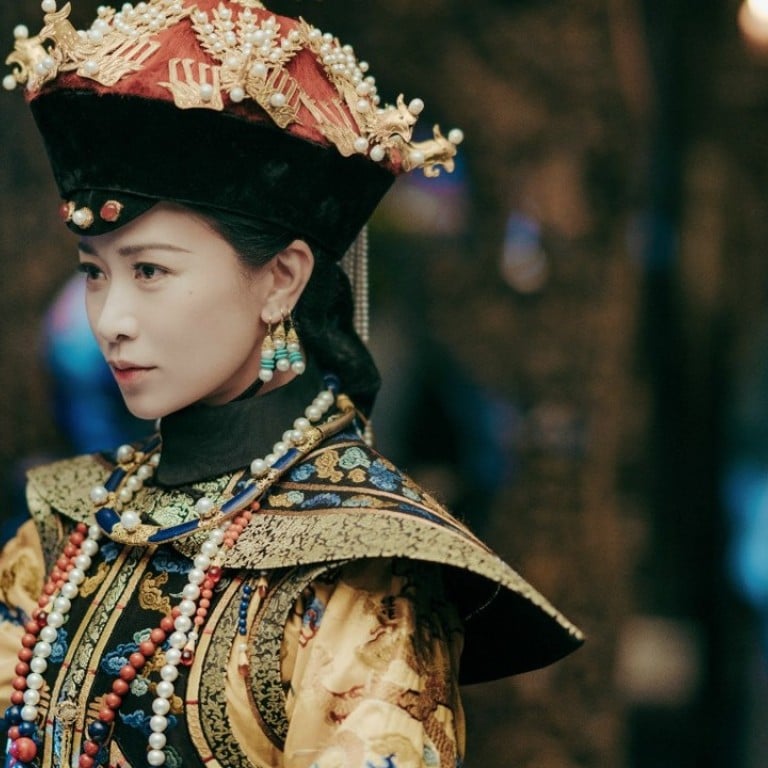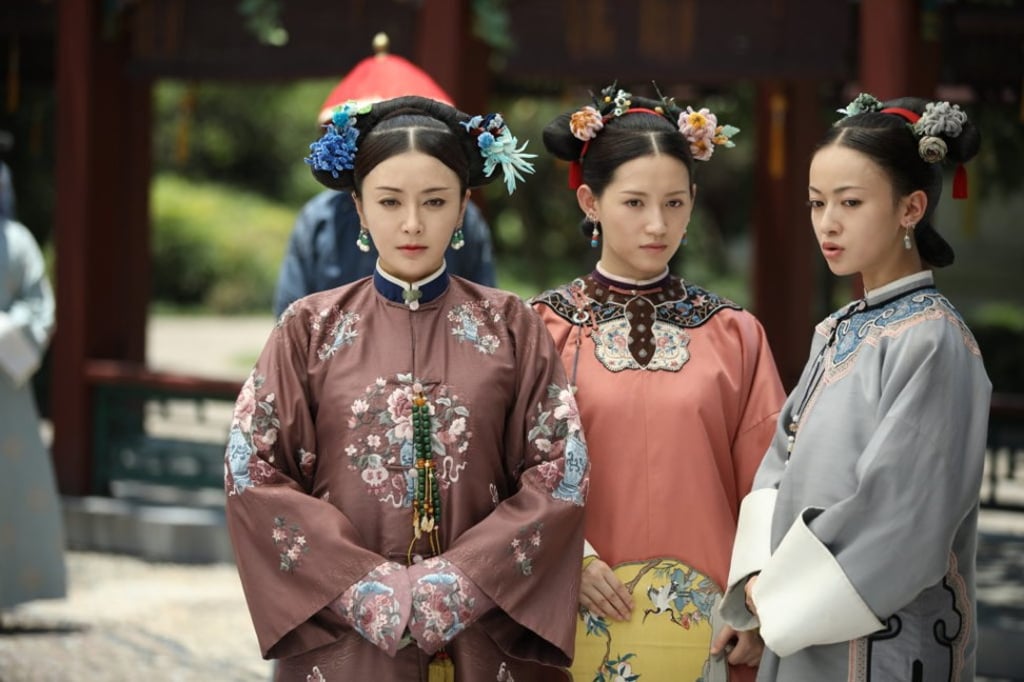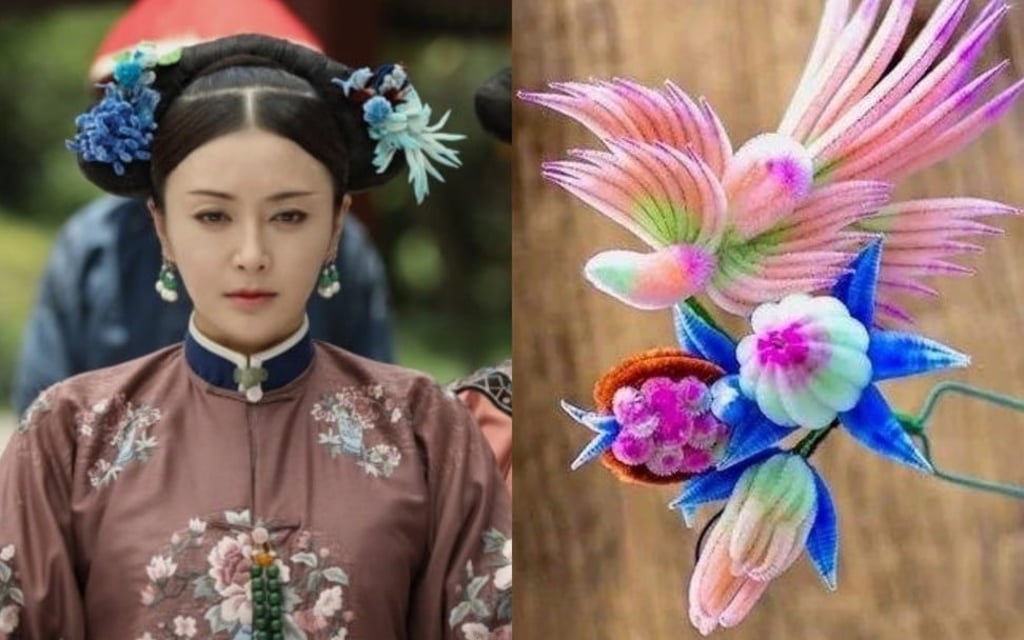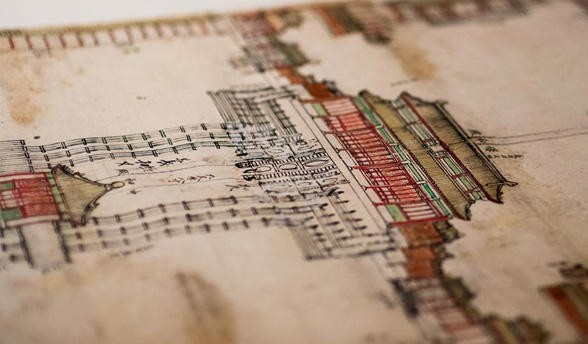'Story of Yanxi Palace': how authentic are the accessories worn by the empress and concubines in hit TV drama?

The 70-episode drama of intrigue at the Qing dynasty court features many authentic props in order to recreate a tumultuous era in China’s history
The 70-episode Qing dynasty imperial drama Story of Yanxi Palace concluded on August 27 on video platform iQiyi, garnering more than 15 billion views by its finale. Yet, in Hong Kong, the final episode will air on TVB Jade this Saturday.
The whole city is astir over the drama, from its Qing dynasty settings to the ancient Chinese make-up and the intricate costume design.
What made the drama so successful? Thanks to the high standards and meticulous research of the production team, which made the whole drama come alive and immerse its viewers, employing an array of highly authentic props and remaining true to history.
Here we take a look at the accessories of the concubines who appear in the drama, find out the origins of these items and compare some of them with authentic ones from the Palace Museum in Beijing, in order to appreciate the Chinese imperial aesthetic.
‘Ronghua’, the Nanjing velvet flower
The term “Ronghua” (絨花), refers to the art of making velvet flowers and animals from thin copper sticks covered with silk velvet of different colours. It was regarded as a tribute to royalty since the Tang dynasty (618-907) and became popular as a hair accessory in the imperial palace between the reigns of the Qing Emperor Kangxi (1654-1722) and the Qianlong Emperor (1711-1799).
A ronghua, or “velvet flower”, was considered a lucky charm in China because it is a homophone of “prosperity” (榮華) in Mandarin. Therefore, this kind of flower was always used as an accessory and decoration during festivals or weddings in ancient China.



